Proche
| Nom du produit | NUMERO D'INVENTAIRE | Fabricant | Année de production | Paramètres | ||
|---|---|---|---|---|---|---|
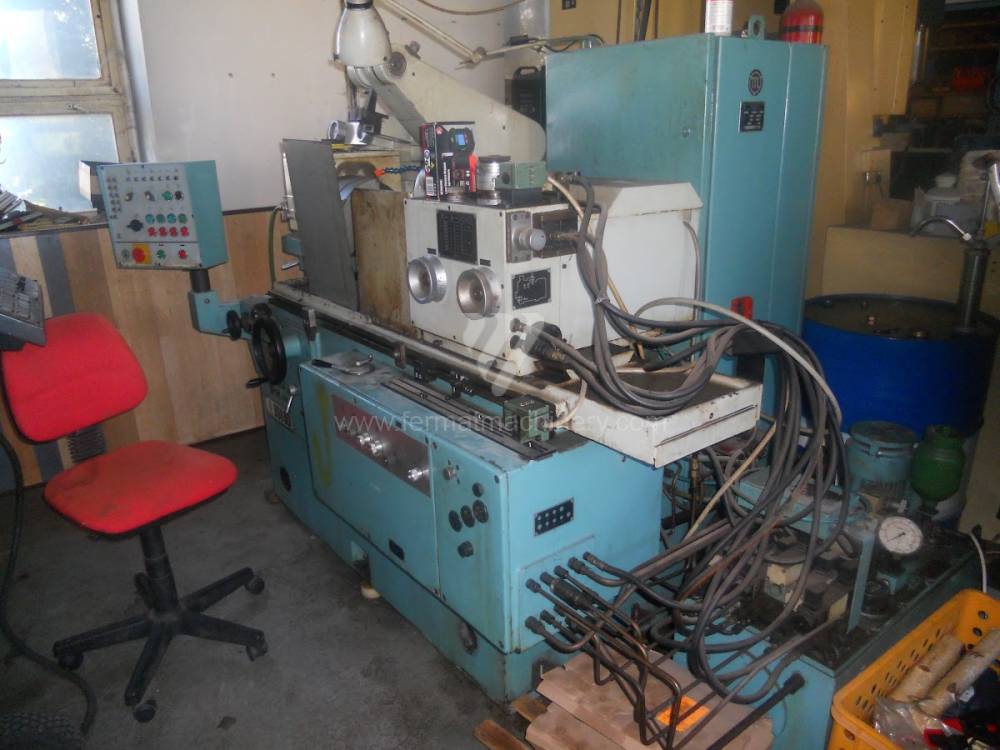 |
BDU 80 |
241705 | ČZM Strakonice | 1990 | Diamètre maxi de la piece a usiner: 220 mm Diamètre maxi du trou a meulager: 120 mm Profondeur maxi de meulage: mm Poids totale de la machine: 2600 kg |
|
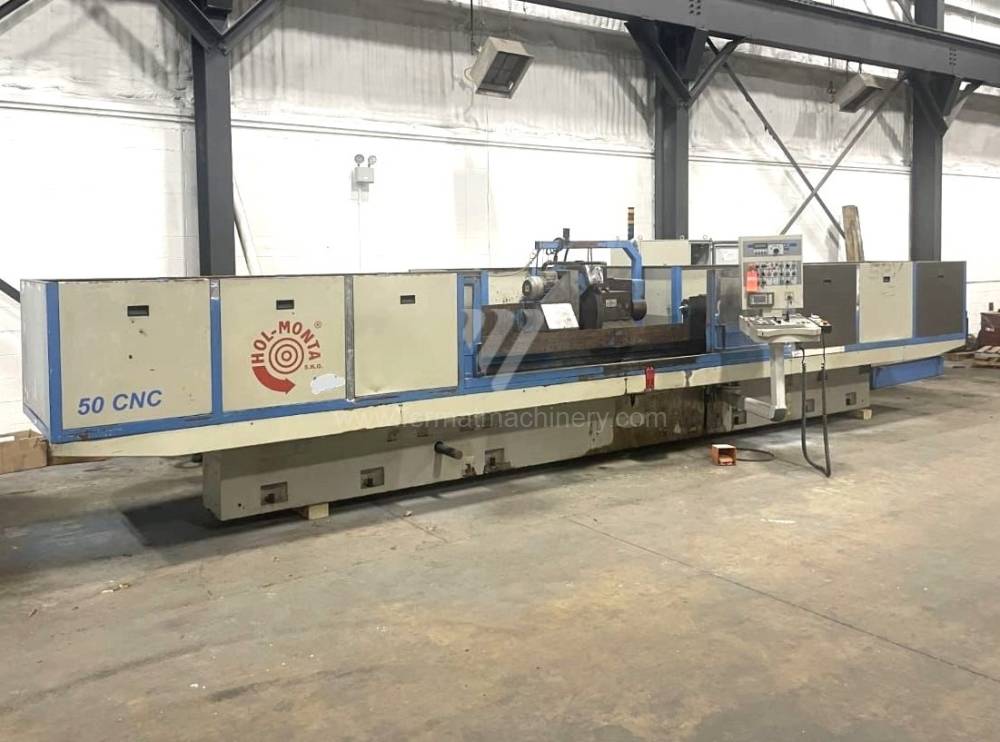 |
UB 50-3000 |
251416 | TOS Hostivař | Système de contrôle Kavalír: K51-1 Max. diamètre a meulager: 500 mm Longueur maxi de meulage: 3000 mm Poids maxi de la piece a usiner: 600 kg Equipement pour meulage intérieure: NON |
||
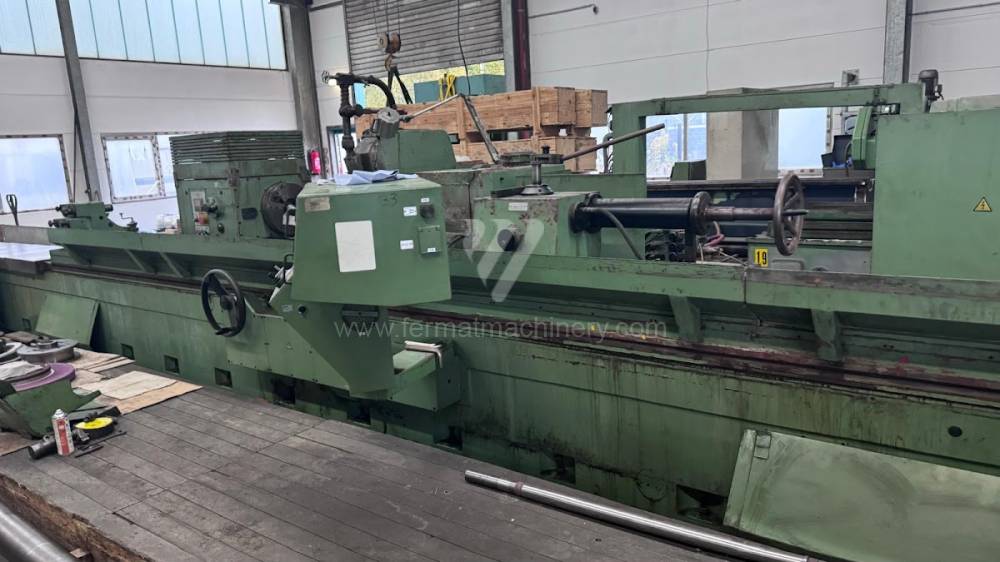 |
BUC 63/ 6000 |
241945 | TOS Hostivař | 1991 | Système de contrôle Marposs: Max. diamètre a meulager: 630 mm Longueur maxi de meulage: 6000 mm Poids maxi de la piece a usiner: 3000 kg Equipement pour meulage intérieure: NON Cone de la broche: MORSE 6 . |
|
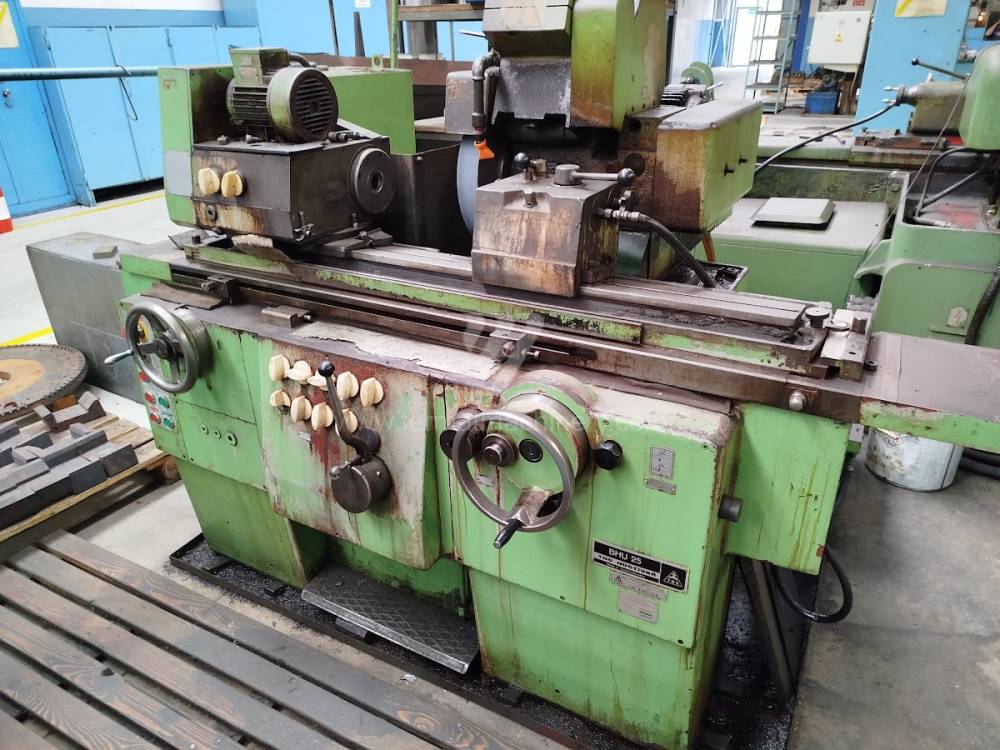 |
BHU 25 |
251802 | TOS Hostivař | Max. diamètre a meulager: 350 mm Longueur maxi de meulage: 600 mm Poids maxi de la piece a usiner: 60 kg Equipement pour meulage intérieure: NON Dimensions hors tout: 2000x1700x1300 mm Poids totale de la machine: 2300 kg |
||
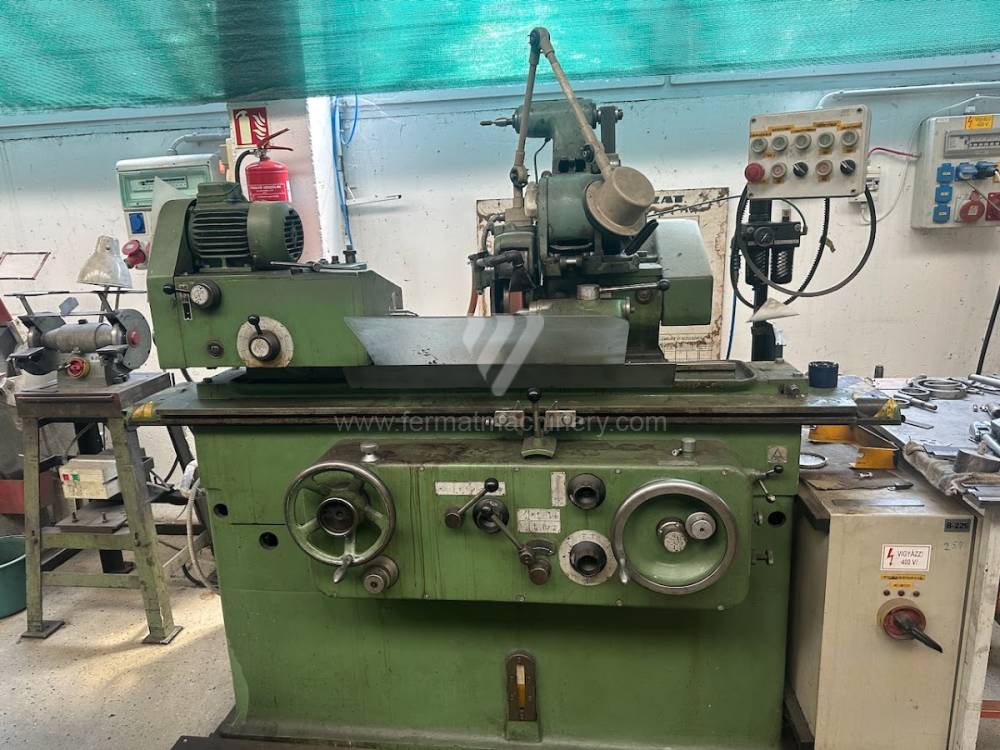 |
KU 250/750 |
251633 | SZIM | Max. diamètre a meulager: 250 mm Longueur maxi de meulage: 750 mm Poids maxi de la piece a usiner: 120 kg Equipement pour meulage intérieure: OUI Puissance du moteur principal: 4 kW Dimensions hors tout: 1400x1420x1500 mm |
||
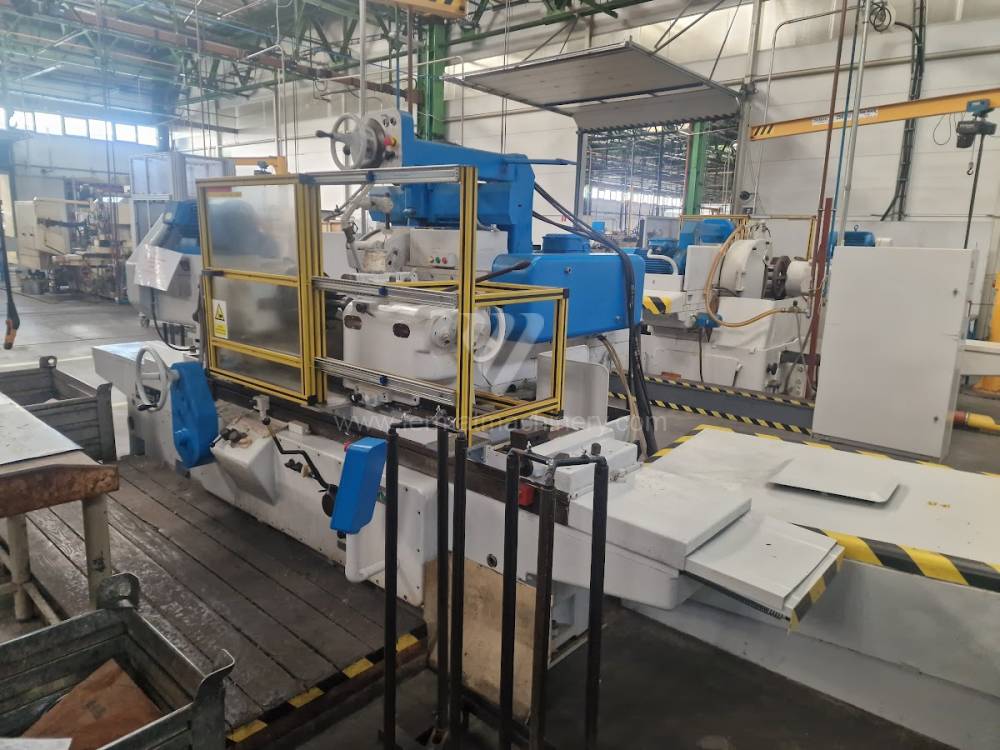 |
BUA 63/1000 |
241816 | TOS Hostivař | 1976 | Max. diamètre a meulager: 630 mm Longueur maxi de meulage: 1000 mm Poids maxi de la piece a usiner: 900 kg Equipement pour meulage intérieure: Cone de la broche: MORSE 6 . Diametre du mandrin: 315 mm |
|
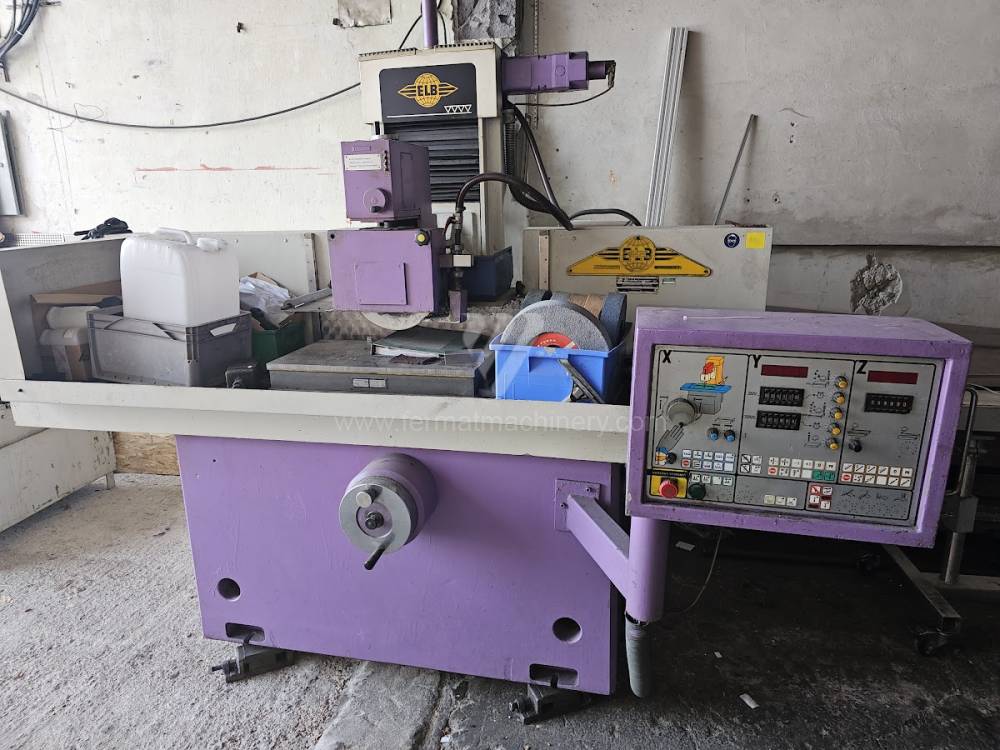 |
ELB |
241322 | ELB-SCHLIFF | Longueur maxi de meulage: 600 mm Largeur maxi a meulage: 300 mm Hauteur maxi de la piece a usiner: mm Type de fixation de la broche: Horizontální |
||
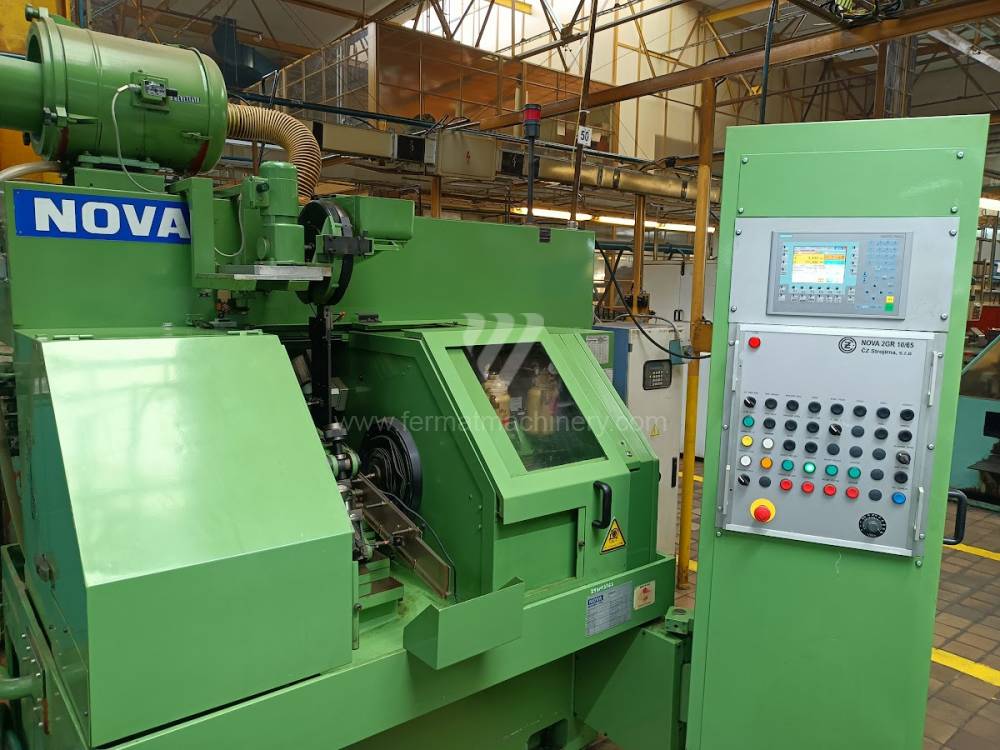 |
NOVA 2GR 10/65 CNC |
161558 | Meccanica Nova | 1989 | Système de contrôle Siemens: Simatic S7-300 Diamètre maxi de la piece a usiner: 65 mm Diamètre maxi du trou a meulager: 65 mm Profondeur maxi de meulage: 40 mm Diamètre mini de meulage: 10 mm Course X: 40 mm |
|
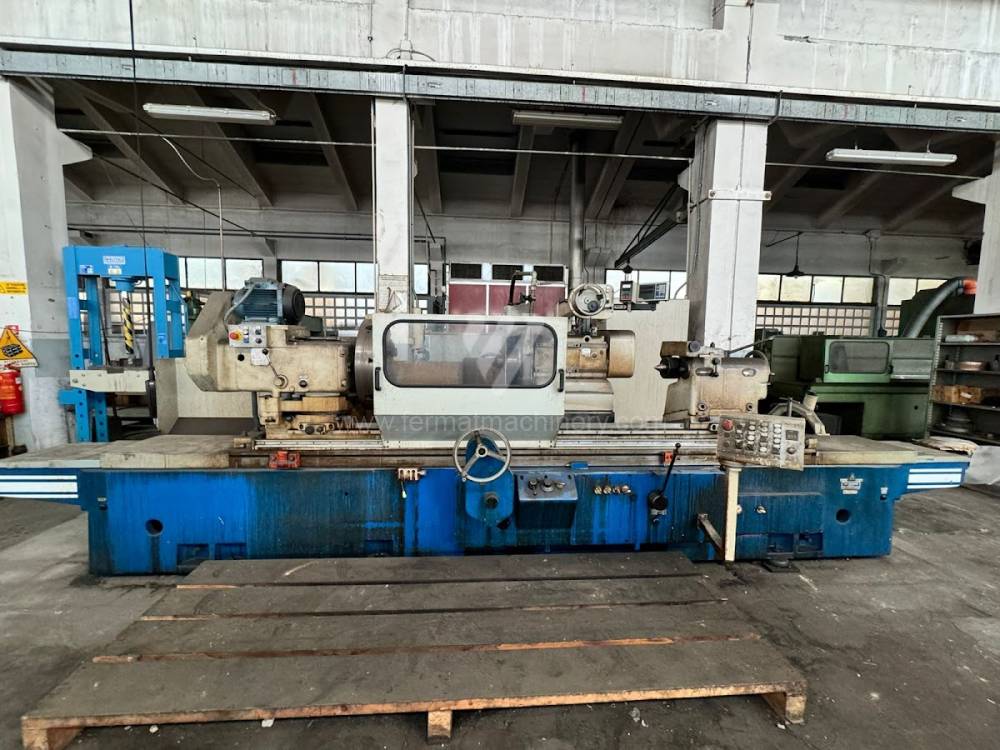 |
BUA 63/2000 |
251534 | TOS Hostivař | Max. diamètre a meulager: 630 mm Longueur maxi de meulage: 2000 mm Poids maxi de la piece a usiner: 900 kg Equipement pour meulage intérieure: Cone de la broche: MORSE 6 . Diametre du mandrin: 315 mm |
||
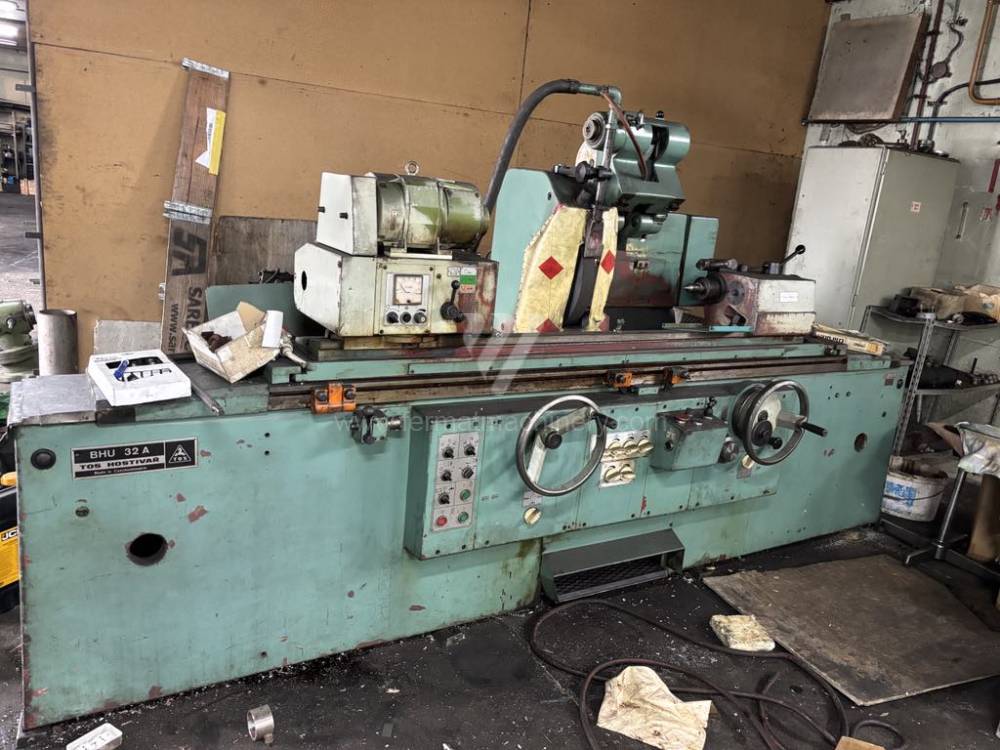 |
BHU 32 A/1000 |
251397 | TOS Hostivař | Max. diamètre a meulager: 320 mm Longueur maxi de meulage: 1000 mm Poids maxi de la piece a usiner: 300 kg Equipement pour meulage intérieure: OUI Poids totale de la machine: 5100 kg Dimensions hors tout: 4890x2320x mm |
||
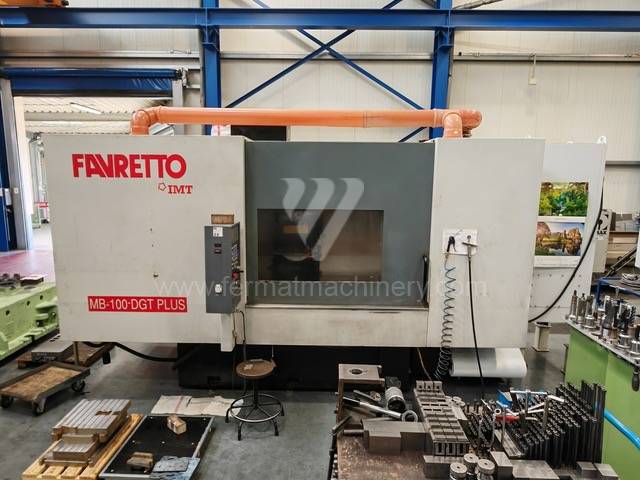 |
MB 100 |
251669 | Favretto | 2011 | Longueur maxi de meulage: 1200 mm Largeur maxi a meulage: 600 mm Hauteur maxi de la piece a usiner: 550 mm Type de fixation de la broche: Les dimensions de la zonne de travaille: 1200x400 mm Charge maxi sur la table: 975/1200 kg |
|
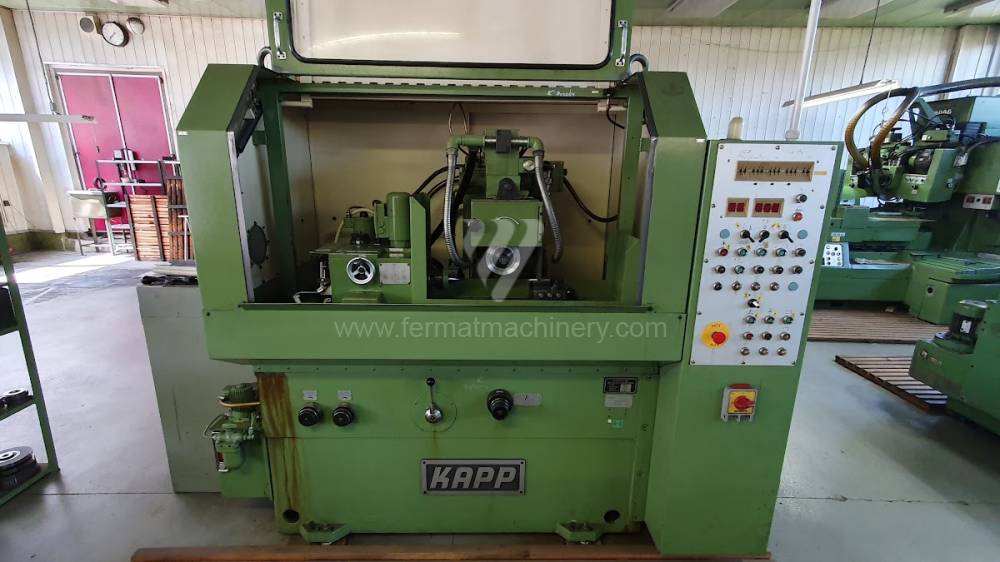 |
AST 203 |
241587 | Kapp | 1979 | Max. diamètre a meulager: 200 mm Longueur maxi de meulage: 315 mm Poids totale de la machine: 2000 kg |
|
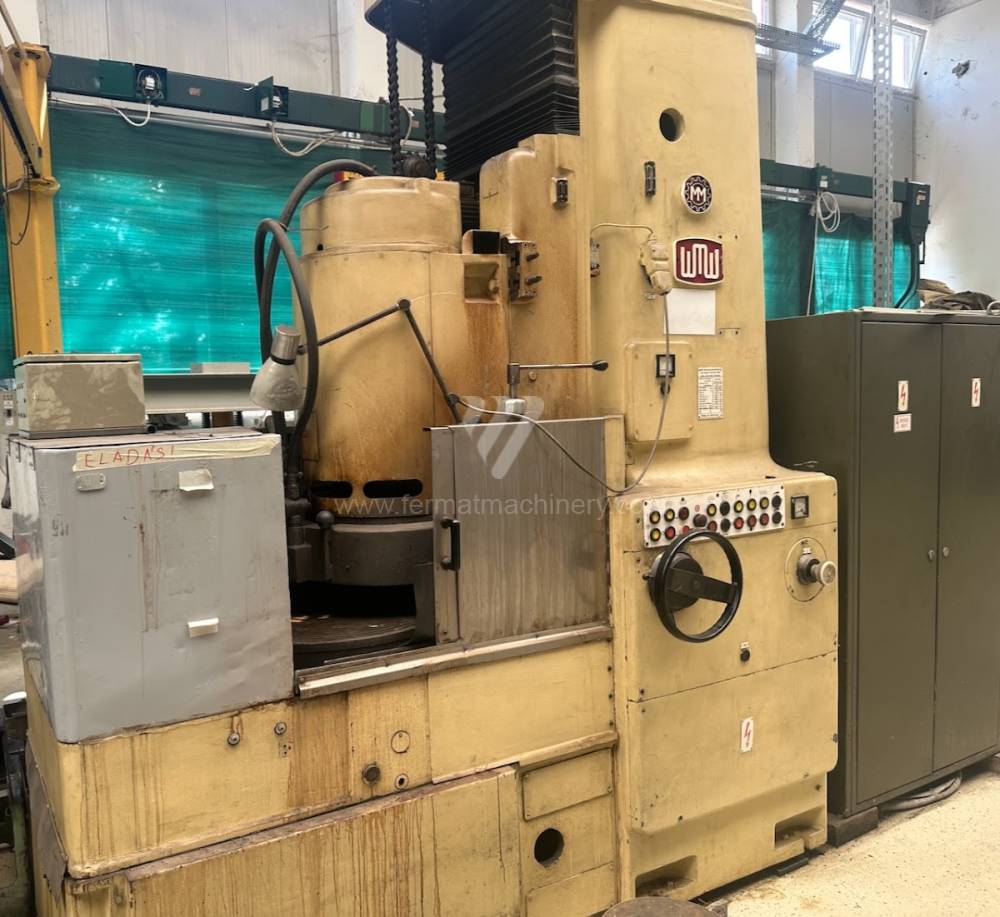 |
SFSR 800 |
251634 | WMW | Longueur maxi de meulage: d=800 mm Largeur maxi a meulage: mm Hauteur maxi de la piece a usiner: mm Type de fixation de la broche: Vertikální Poids totale de la machine: 9500 kg |
||
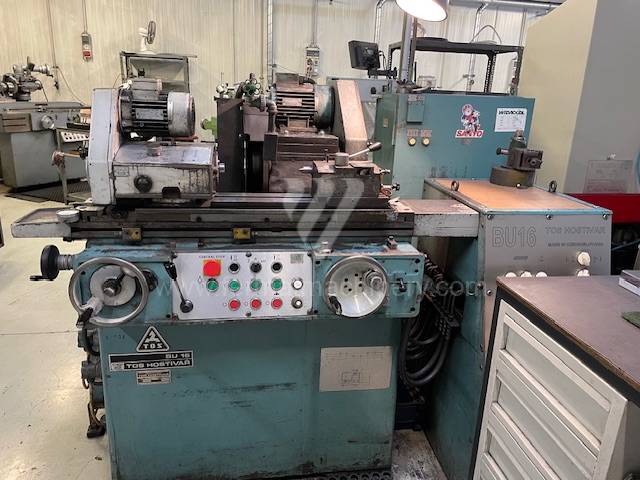 |
BU 16 |
241878 | TOS Hostivař | 1988 | Max. diamètre a meulager: 160 mm Longueur maxi de meulage: 320 mm Poids maxi de la piece a usiner: 25 kg Equipement pour meulage intérieure: NON Cone de la broche: Morse 3 . Vitesse de broche: 0 - 2812 /min. |
|
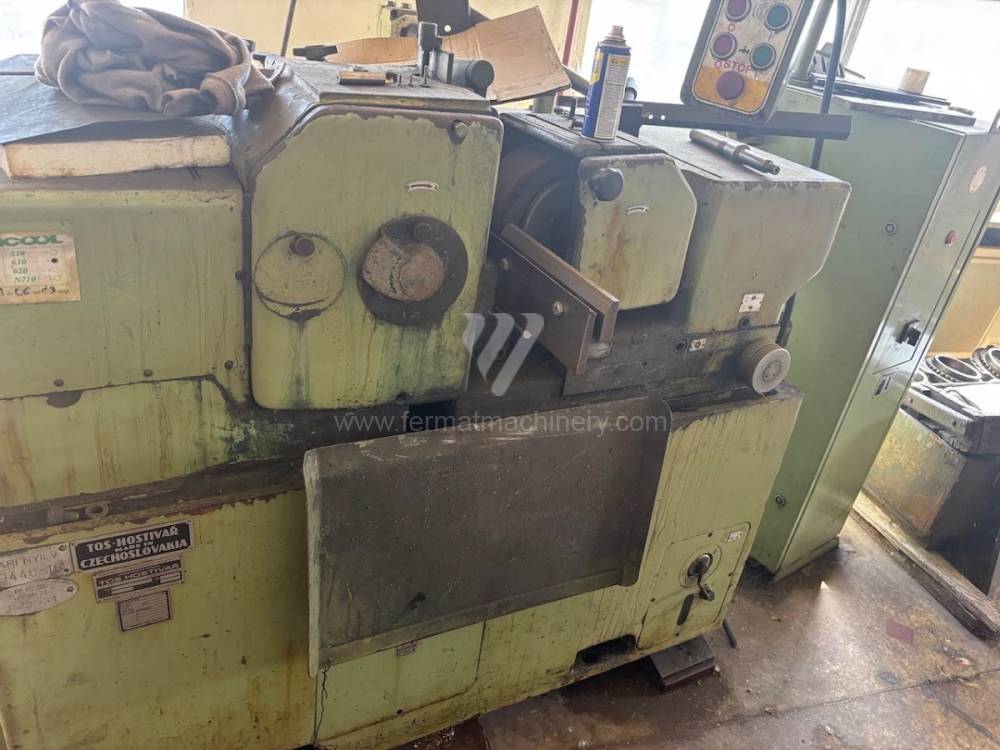 |
BBJ 6 |
251410 | TOS Hostivař | 1986 | Max. diamètre a meulager: 63 mm Longueur maxi de meulage: 220 mm Diamètre mini de meulage: 3 mm Vitesse de la broche de meulage: 0 - 2200 /min Puissance du moteur principal: 7,5 kW Dimensions hors tout: 1710x1940 mm |
Grinding is a technology of precision chip machining. Nowadays, it is possible to reach precision in order of tenths of micrometers and surface roughness of up to 0,2 micrometer. Grinders are thus indispensable in the machinery industry and form an important part of the production process. In general, grinding is a technology that works on the principle of the material removal from the surface layer of the workpiece with fine grains of abrasive material, which are most often bonded to the grinding wheel.
Among the cylindrical grinders we differentiate grinders with centers and without centers. These machines are used for grinding internal and external rotating surfaces.
In case of center grinders the workpiece is usually clamped between centers and rotation is realized using a driver, which is fixed to the surface of the workpiece and tied to headstock. In most cases the workpiece rotates against the direction of rotation of the grinding wheel. Most common models from producer TOS we can mention:
Grinding is realized using the rotation of the grinding wheel, which grinds the surface of the workpiece as it rotates. Most popular producers of such grinders are: FERMAT, TOS, STUDER, DANOBAT, KELLENBERGER, ERWIN JUNKER, SCHAUDT.
Centerless grinders are also intended for grinding rotary surfaces. The clamping of the workpiece on the machine is different. It is supported with support ruler and the workpiece is placed between two discs – abrasive and drifting. The grinding wheel usually spins faster and does the grinding itself. The drive disc is most often made of flexible material (for example rubber) and ensures sufficient pressure.
A special category of grinders are grinders used for grinding of internal rotating surfaces. They works similarly to center grinders. However, the workpiece is just clamped on one side in the chuck or collet so that the hole can be ground from the other side.